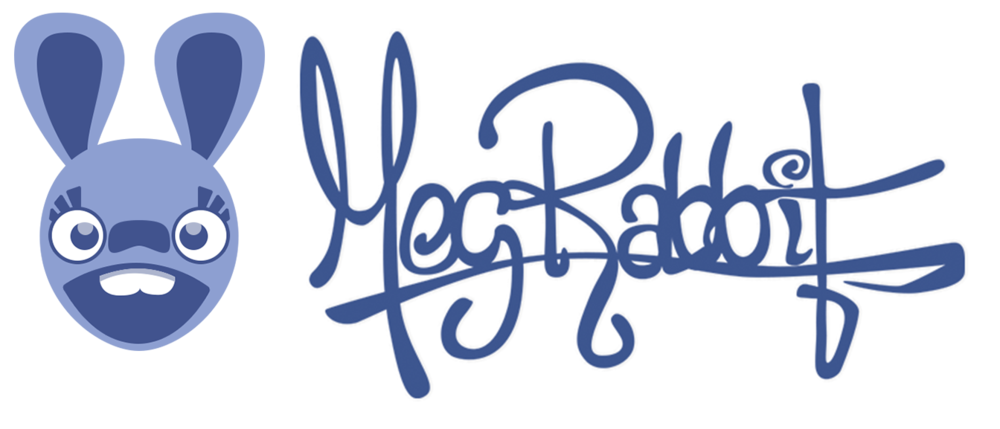There are obviously all kinds of factors that influence how a display is designed, and how it works. These include things like lighting requirements, durability, intuitive user experience, target audience, localization, accessibility… the list is super long.
However, there are three simple rules that I’ve discovered must be followed in order to ensure that any interactive display is as successful and engaging as possible.
Read More8 important lessons JLo taught me, which I have since included in my presentations (and sometimes also while ordering take-out and giving directions to tourists).
Read MoreMostly true stories from my completely normal childhood.
Read MoreWhen I was in first grade, I cut the fur pom-poms off of my dad’s mukluks. (If you didn’t grow up in the Canadian North and you don’t know what mukluks are, here’s a picture.) My dad’s mukluks were specially made for him, so he was pretty sore. I cut the pom-poms off because I had just seen The Trouble With Tribbles at a friend’s house, and I desperately wanted some Tribbles. I kept them in a shoebox, named them, brought them to show-and-tell, and pretended they were real.
It’s exactly this kind of imaginative play that a lot of parents are afraid is being lost as toys become smarter. And in exchange for what? There isn’t any real evidence yet that smart toys genuinely make kids smarter.
Read MoreGiulio Tononi said that a system displaying consciousness must be able to store and process large amounts of information, and that this information must be integrated into a whole that can’t be divided into parts.
Like humans, robots already have the first part down. In fact, for a robot, conscious and unconscious states are clearly defined. The second part is trickier - it deals with self awareness, or seeing yourself as an individual. Even though humans are rationally aware of the different, independent biological mechanisms that make our existence possible, we still see our ‘selves’ as unique and special snowflakes, with dreams, thoughts, and abilities all our own.
Self awareness is an emergent quality. We can provide an environment that will make it more likely to emerge (for example, by creating robot groups that must work socially to accomplish tasks, and therefore need to distinguish themselves from their copies.) But we can't predict exactly how a robot's sense of self will manifest, any more than we can know for sure what an elephant is really thinking when it sees it's teeth in the mirror for the first time.
Read More









































